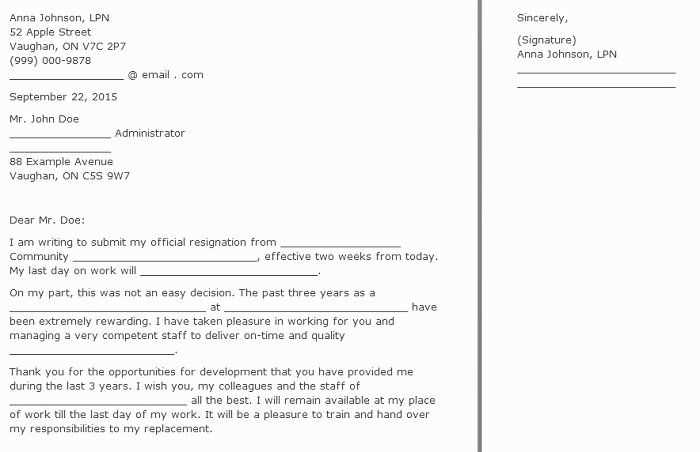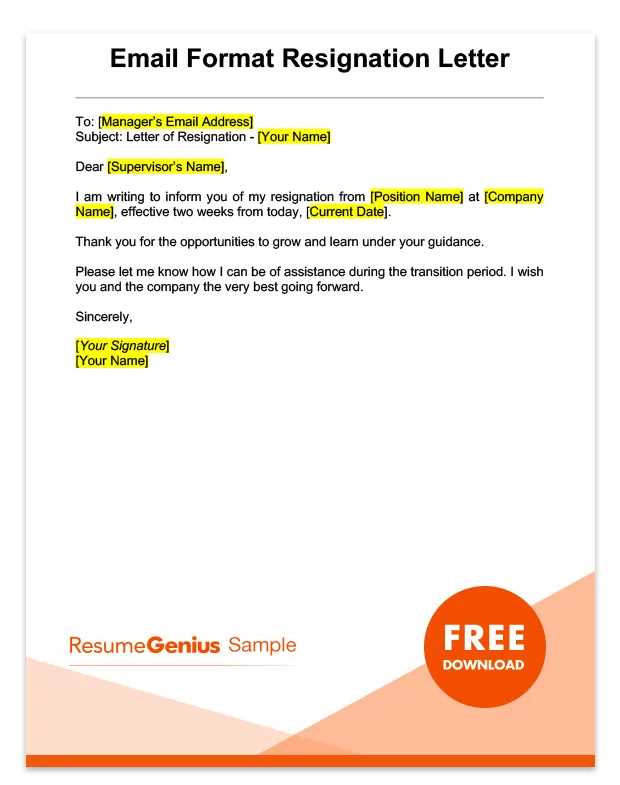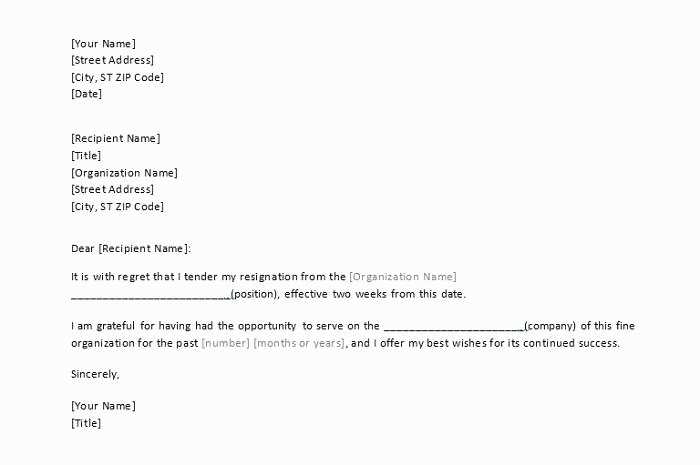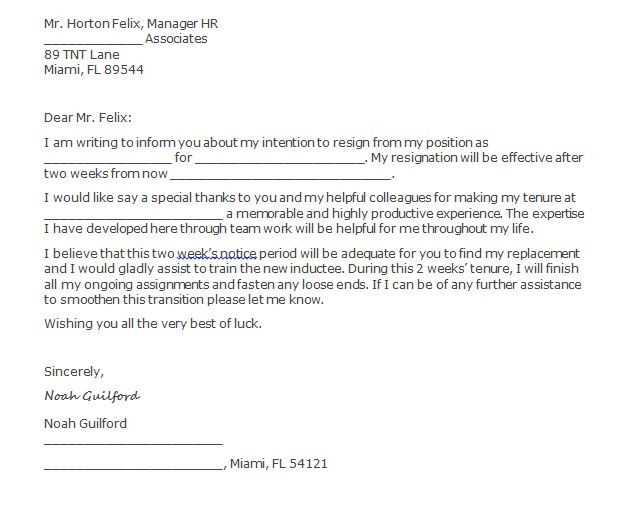Second notice letter template

If you’ve already sent a reminder letter and haven’t received a response, it’s time for a second notice. This letter should maintain a polite but firm tone to convey urgency while offering the recipient an opportunity to resolve the matter quickly.
Key Elements of a Second Notice Letter
- Clear Subject Line: Start with a subject that highlights the purpose, such as “Second Notice: Payment Due” or “Second Reminder: Outstanding Invoice.”
- Polite Reminder: Reiterate your previous communication without sounding accusatory. Acknowledge that the recipient might have overlooked the initial notice.
- Specifics of the Issue: Include relevant details such as the invoice number, amount due, and due date. The more specific you are, the easier it will be for the recipient to address the issue.
- Request for Action: Clearly state what the recipient needs to do, whether it’s making a payment, providing documentation, or contacting you for more information.
- Consequence of Non-Action: Politely but firmly inform the recipient of the steps you will take if the matter is not resolved, such as late fees or legal action.
Second Notice Letter Example

Below is a simple template you can adapt to your specific situation:
Subject: Second Notice: Payment Due
Dear [Recipient’s Name],
This letter serves as a second reminder regarding the outstanding payment for invoice #[Invoice Number], due on [Original Due Date]. As of today, we have not received payment or any communication regarding the delay.
We understand that circumstances can sometimes cause delays, and we kindly ask that you settle the balance of [Amount Due] as soon as possible. Please refer to the details below for the relevant invoice:
- Invoice Number: [Invoice Number]
- Amount Due: [Amount Due]
- Due Date: [Original Due Date]
If you have already made the payment, please disregard this notice. Otherwise, we request that you make the payment by [New Due Date] to avoid further action. Failure to do so may result in [mention possible consequences, e.g., late fees, legal action].
If you need assistance or wish to discuss the matter, feel free to contact us at [Your Contact Information].
We look forward to resolving this matter promptly.
Sincerely,
[Your Name]
[Your Title]
[Your Company]
Tips for Writing a Second Notice Letter

- Keep it Professional: Even if you’re frustrated, maintaining professionalism ensures the matter is taken seriously.
- Be Specific: Give clear deadlines and instructions to minimize confusion.
- Check Your Tone: Stay firm but respectful to keep the relationship positive while still addressing the issue.
Second Notice Letter Template
Purpose of a Second Notice Letter
Key Elements to Include in the Letter
When to Send the Second Notice
How to Maintain a Professional Tone
Common Mistakes to Avoid in a Follow-Up Letter
Following Up After Sending the Notice

To craft an effective second notice letter, ensure it includes key details like the original issue, the date of the first notice, and any deadlines. Highlight the urgency of the matter while maintaining professionalism. Always remind the recipient of their responsibility without sounding accusatory.
Purpose of a Second Notice Letter
A second notice letter serves as a reminder for an unresolved issue, such as an overdue payment or an unfulfilled request. It reinforces the necessity of action while providing the recipient with one last chance to resolve the matter before further steps are taken.
Key Elements to Include in the Letter
Include the following details: the recipient’s name and contact information, a brief overview of the initial request or issue, the original deadline, a polite but firm reminder of the outstanding action required, and a clear call to action with a new deadline. Be sure to specify any consequences of non-compliance.
Timing is critical. Send the second notice promptly after the first notice, allowing enough time for a response, but not so much that the matter becomes less urgent. A gap of 7 to 14 days is usually appropriate, depending on the situation.
Keep the tone professional and direct. Avoid using overly harsh or emotional language. Instead, focus on clear communication of expectations and outcomes. A polite yet firm approach ensures that your message is taken seriously without damaging relationships.
Avoid common mistakes such as being vague or overly passive. A second notice should not leave room for ambiguity. Ensure your letter is clear, concise, and free of unnecessary details. Refrain from using threats or language that might be perceived as unprofessional or confrontational.
After sending the second notice, track whether the recipient takes action. If necessary, follow up with a phone call or another letter. Keep all communication polite, direct, and professional throughout the process.